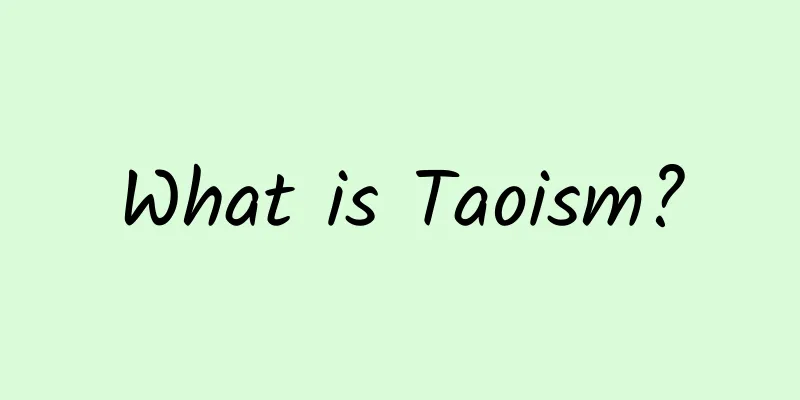What is the effect of interventional treatment for uterine fibroids?

|
Uterine fibroids are a gynecological disease that is very common in women. Although it is a benign tumor, it still has a very serious impact on women's health. Patients are very concerned about the treatment methods of uterine fibroids. Among various treatment measures, many hospitals strongly advocate interventional treatments. So, what is the effect of interventional treatment of uterine fibroids? Let’s take a closer look at it below. Uterine fibroids are the most common benign tumor in the female reproductive organs. They are formed by the proliferation of uterine smooth muscle tissue with a small amount of fibrous connective tissue in between. About 25%-30% of women of childbearing age have uterine fibroids, with pelvic mass, menorrhagia and secondary anemia as the main symptoms. As this common gynecological disease, there are many treatments, such as surgical removal of the hysterectomy, laparoscopic myoma removal, drug therapy and interventional therapy. However, hysterectomy is not easily accepted by infertile or young women, and the recurrence rate of laparoscopic myomectomy is as high as 20%-25%. The efficacy of drug treatment for uterine fibroids is not ideal and has many side effects. Interventional treatment of uterine fibroids is different. It is understood that this is an emerging treatment method in recent years. It is effective and there is no possibility of recurrence. Interventional therapy does not require surgery. It only requires inserting a thin needle through the skin at the base of the thigh, introducing a catheter with a diameter of about 1.5 mm into the blood vessel, and sending the catheter directly to the blood vessels supplying the uterine fibroids. An appropriate amount of embolic agent is injected to block the blood vessels supplying the fibroids. The tumor undergoes ischemic necrosis and gradually shrinks until it disappears. In other words, it "starves" the fibroids by embolizing the fibroids' blood vessels and cutting off their nutrition (blood supply), causing them to be absorbed and disappear. This treatment method does not leave wounds on the body surface and only treats the lesions, avoiding surgical trauma and postoperative scars, does not affect the structure of internal organs, does not damage the reproductive organs, has small side effects, preserves the uterus and normal physiological functions, and avoids problems such as premature aging of women caused by hysterectomy. In addition, in the interventional treatment of gynecological diseases, in addition to uterine fibroids, it can also be used for adenomyosis, functional postpartum hemorrhage, ectopic pregnancy and salpingography. The above is an introduction to the effectiveness of interventional treatment of uterine fibroids. I hope it will be helpful to everyone’s understanding. There are many ways to treat uterine fibroids. When treating, you cannot blindly choose the treatment method. The key is to choose a method that suits you, carry out targeted treatment, and take daily care measures, so that you can better treat this disease. |
<<: What are the causes of uterine fibroids?
>>: What are the indications for uterine fibroid surgery?
Recommend
How long after the fetus is expelled from the body
Fetal arrest mainly refers to embryonic arrest, w...
Is it a big deal if a woman wakes up sweating?
Night sweats are a very normal physiological phen...
What should I pay attention to after pregnancy?
Nowadays, society gives women an increasingly hig...
Postpartum complications in detail
Many women, right after giving birth, not only ne...
Are you worried about being pregnant?
There are many ways to check whether you are preg...
What are the precautions for confinement in winter?
For female friends, whether the confinement perio...
Why does my right lower abdomen hurt?
Many people have many different physical problems...
Why is the chicken breast so tough? How to fix the tough chicken breast
Chicken breast is the meat on the inside of the c...
There are unexpected benefits for women eating men's sperm!
Maybe in the eyes of many people, although male s...
Will breasts get bigger during pregnancy?
Today's society is a society that values ap...
What is the difference between a hair mask and a hair oil? How many types of hair oils are there?
Nowadays, women pay more and more attention to the...
Treatment of chronic vaginitis
Chronic vaginitis is caused by acute vaginitis th...
At what age do girls usually start menstruating?
The first day of bleeding is the beginning of the...
Pain when pressing on the inner chest, shoulder and back pain
The chest and back are separate. If you hit your ...









